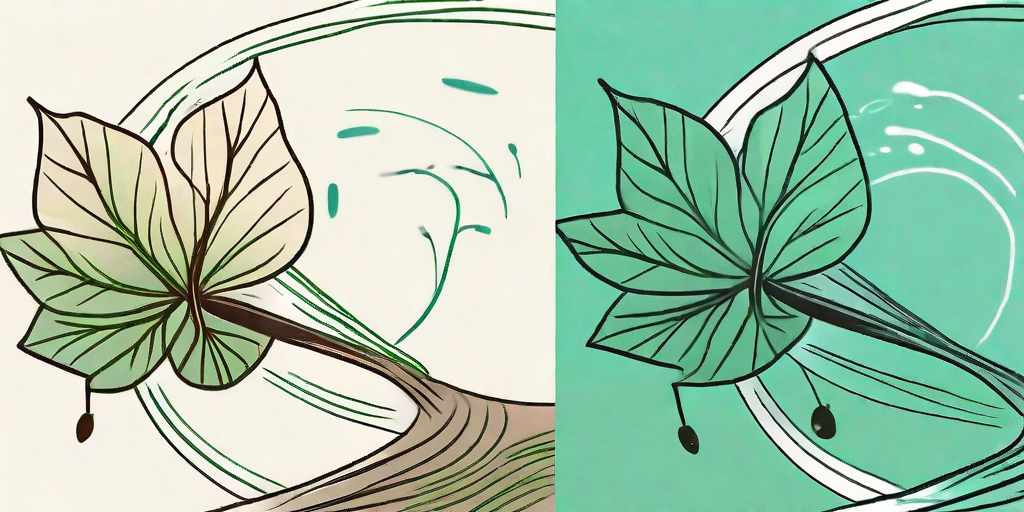
When you think of maple, your mind might immediately jump to syrup-drenched pancakes or the iconic Canadian flag. But there's more to this tree than meets the eye. Today, we're taking a deep dive into the fascinating journey of maple seed pods, from their helicopter-like descent to the ground to their role in creating your favorite breakfast treat. Buckle up, because this is going to be a wild ride!
The Helicopter Flight of Maple Seed Pods
The Science Behind the Spin
Maple seed pods, also known as samaras, have a unique design that allows them to spin like a helicopter's rotor blades as they fall. This isn't just for show - it's a clever evolutionary adaptation that helps the seeds spread far and wide. The spinning motion slows the seed's descent, giving the wind more time to carry it away from the parent tree.
Scientists have studied this phenomenon extensively, and it turns out that the shape of the seed pod is crucial. The seed itself is located in a small lump at one end of the pod, with the rest of the structure extending out like a long, flat wing. This asymmetrical design is what gives the seed pod its spinning motion.
Why Do Maple Trees Need Flying Seeds?
Maple trees, like all plants, have one main goal in life: to reproduce. Spreading their seeds far and wide increases the chances of their offspring finding a suitable place to grow. If all the seeds simply fell straight down, they would be competing with each other and the parent tree for resources.
By giving their seeds the ability to fly, maple trees ensure that their progeny can colonize new areas. This is especially important in dense forests, where competition for light and nutrients is fierce.
The Transformation: From Seed Pod to Pancake Topping
The Growth of a Maple Tree
Once a maple seed finds a suitable spot, it begins to grow. The seed pod splits open, allowing the seed to take in water. This triggers the germination process, and soon a new maple tree begins to sprout.
It takes many years for a maple tree to mature. Most species don't start producing seeds until they are at least 30 years old, and they don't reach their full size until they are around 100. But once a maple tree is fully grown, it can produce millions of seeds each year.
Harvesting Maple Sap
Maple sap is the raw material for maple syrup. It's a clear, slightly sweet liquid that flows through the tree's trunk and branches. Harvesting this sap is a delicate process that requires both skill and timing.
Harvesting usually takes place in late winter or early spring, when the sap is flowing most freely. A small hole is drilled into the tree's trunk, and a spout is inserted to collect the sap. The collected sap is then boiled down to produce syrup. It takes about 40 gallons of sap to make one gallon of syrup!
FAQs
- Why do maple seed pods spin as they fall?
The spinning motion is caused by the seed pod's asymmetrical design. The seed is located in a small lump at one end of the pod, with the rest of the structure extending out like a long, flat wing. This causes the seed pod to spin as it falls, slowing its descent and allowing it to be carried further by the wind.
- How long does it take for a maple tree to grow?
It takes many years for a maple tree to mature. Most species don't start producing seeds until they are at least 30 years old, and they don't reach their full size until they are around 100.
- How is maple syrup made?
Maple syrup is made by boiling down the sap of the maple tree. The sap is harvested in late winter or early spring, when it is flowing most freely. It takes about 40 gallons of sap to make one gallon of syrup.
Conclusion
From their helicopter-like flight to their role in producing delicious maple syrup, maple seed pods are truly fascinating. They are a testament to the wonders of nature and the intricate balance of ecosystems. So the next time you see a maple seed pod spinning to the ground or drizzle maple syrup on your pancakes, take a moment to appreciate the incredible journey it has taken.
And remember, whether you're a seed pod spinning in the wind or a human reading about seed pods on the internet, we're all just trying to find our place in this big, beautiful world. So let's take a leaf out of the maple tree's book and spread our wings (or seeds) as far as we can!















